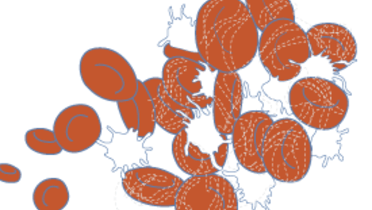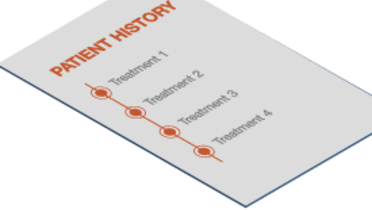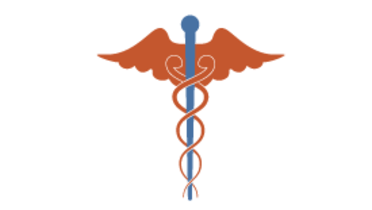-
0
Patient Assessment
- 0.1 Patient demand
- 0.2 Overarching considerations
- 0.3 Local history
- 0.4 Anatomical location
- 0.5 General patient history
-
0.6
Risk assessment & special high risk categories
- 5.1 Risk assessment & special high risk categories
- 5.2 age
- 5.3 Compliance
- 5.4 Smoking
- 5.5 Drug abuse
- 5.6 Recreational drugs and alcohol abuse
- 5.7 Parafunctions
- 5.8 Diabetes
- 5.9 Osteoporosis
- 5.10 Coagulation disorders and anticoagulant therapy
- 5.11 Steroids
- 5.12 Bisphosphonates
- 5.13 BRONJ / ARONJ
- 5.14 Radiotherapy
- 5.15 Risk factors
-
1
Diagnostics
-
1.1
Clinical Assessment
- 0.1 Lip line
- 0.2 Mouth opening
- 0.3 Vertical dimension
- 0.4 Maxillo-mandibular relationship
- 0.5 TMD
- 0.6 Existing prosthesis
- 0.7 Muco-gingival junction
- 0.8 Hyposalivation and Xerostomia
- 1.2 Clinical findings
-
1.3
Clinical diagnostic assessments
- 2.1 Microbiology
- 2.2 Salivary output
-
1.4
Diagnostic imaging
- 3.1 Imaging overview
- 3.2 Intraoral radiographs
- 3.3 Panoramic
- 3.4 CBCT
- 3.5 CT
- 1.5 Diagnostic prosthodontic guides
-
1.1
Clinical Assessment
-
2
Treatment Options
- 2.1 Mucosally-supported
-
2.2
Implant-retained/supported, general
- 1.1 Prosthodontic options overview
- 1.2 Number of implants maxilla and mandible
- 1.3 Time to function
- 1.4 Submerged or non-submerged
- 1.5 Soft tissue management
- 1.6 Hard tissue management, mandible
- 1.7 Hard tissue management, maxilla
- 1.8 Need for grafting
- 1.9 Healed vs fresh extraction socket
- 1.10 Digital treatment planning protocols
- 2.3 Implant prosthetics - removable
-
2.4
Implant prosthetics - fixed
- 2.5 Comprehensive treatment concepts
-
3
Treatment Procedures
-
3.1
Surgical
-
3.2
Removable prosthetics
-
3.3
Fixed prosthetics
-
3.1
Surgical
- 4 Aftercare
投薬
Key points
- 術後は患者の不快感を抑え、疼痛や腫脹を低減するため、ルーチンで鎮痛薬を投与します。
- より大規模な介入を行う場合や、感染リスクを高める全身性疾患(糖尿病等)のある患者に対しては、抗生物質の予防的投与を行います。
- 現在使用中の鎮痛薬および抗生物質と一般的薬物(抗凝固薬、経口避妊薬)との相互作用の可能性を検討します。
- 薬剤の副作用を検討します(例:小児でのアセチルサリチル酸によるライ症候群、アレルギー)。
鎮痛薬および抗炎症薬
外科的介入の種類や規模に応じて、疼痛や腫脹を緩和するための適切な投薬が必要になります。例:パラセタモール、アセチルサリチル酸(ASA)、または非ステロイド性抗炎症薬(NSAID)。
副作用: イブプロフェンはASAおよびクマリンと干渉するため、凝固予防にASAまたはクマリン系の抗凝固薬を用いる場合は、疼痛緩和にはパラセタモール系の鎮痛薬を使用するようにします。(凝固障害と抗凝固療法に関する記事を参照してください)
鎮痛薬の投与は局所麻酔が切れる前に開始します。
疼痛緩和の効果は術後少なくとも2日目には現れますが、そうでない場合は、コントロールのため患者を来院させます。
抗生物質療法
術前に抗生物質の予防的投与を開始していた場合は、使用する抗生物質の種類に応じて、術後1~4日間投与を継続してから終了します。
骨移植術を行う場合は、抗生物質の予防的投与が不可欠です。
副作用:
ペニシリン系(ペニシリンV、アモキシリン)およびセファロスポリン系の抗生物質は、クマリンの効果に干渉し、出血のリスクを増大させます。凝固予防にクマリン系抗凝固薬を使用する場合は、クリンダマイシン系の抗生物質が推奨されます。
抗生物質は経口避妊薬の効果を低減します。抗生物質最終投与後7日間までは代替/追加的避妊措置を行うよう患者に忠告します。
上顎洞底挙上術 に関する注意事項
術後少なくとも2週間は鼻をかんではいけないため、鼻噴霧器/鬱血除去薬を処方します。
使用中の医薬品
手術のために使用を中止している医薬品がある場合は、術後に使用を再開します。こうした使用中の医薬品と術後に投与する医薬品との間に相互作用の可能性がないか検討します。
洗口
術後最初のリコール(7~14日目)までは、細菌の量を抑制するため、抗菌洗口液(クロルヘキシジン等)を処方し、リコール来院時に洗口液の使用を継続するかどうかを改めて評価、決定します。



